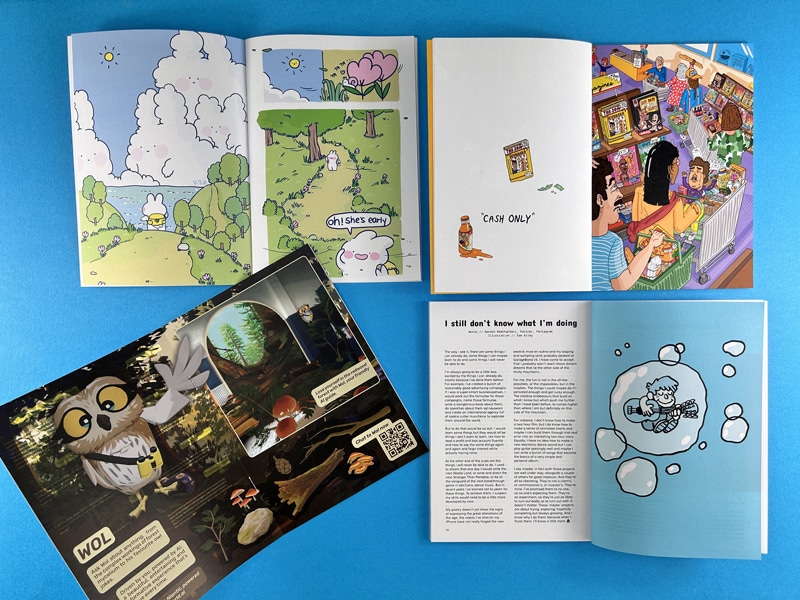Are you feeling overwhelmed by the idea of creating a poetry zine? It's okay to feel intimidated by the terms "poetry" and "zine." Many beginners find the process of making their first zine challenging. But fear not; this guide is here to help break down the process into manageable steps so you can enjoy the journey.
What is A Poetry Zine?
A poetry zine can be defined as a self-published booklet that contains your original poetry. It's an excellent way to share your words, your world, and your viewpoint with others. Think of it as the mini version of a poetry book—raw, edgy, and inside; it's a collection of poems you have penned down, folded neatly between two pages of paper.
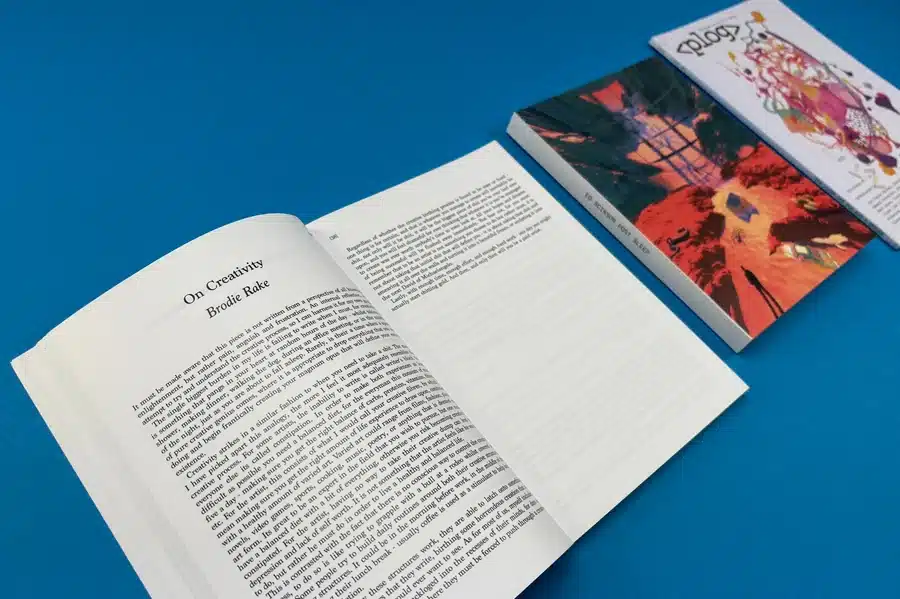
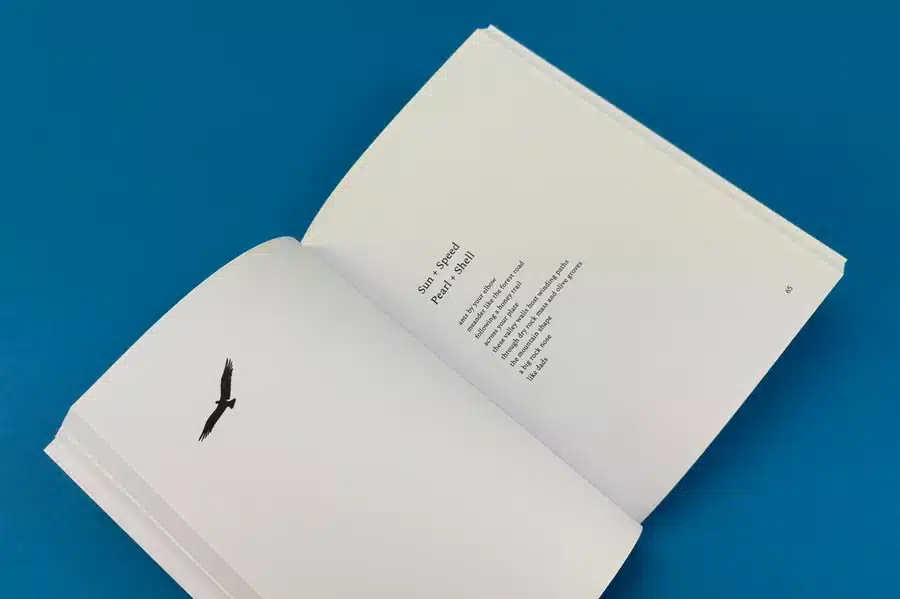
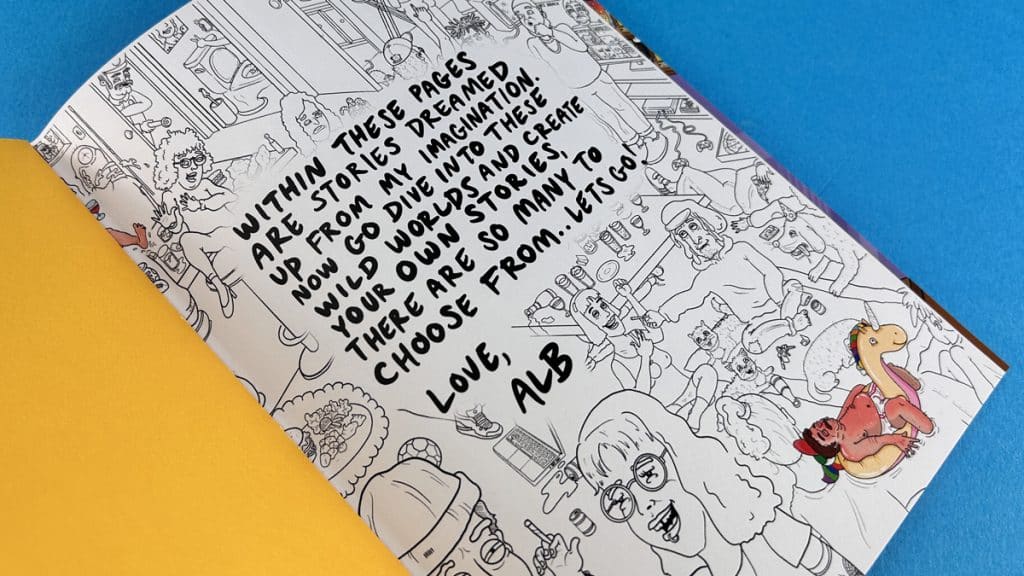
Now that you're familiar with a poetry zine, let's delve deeper into how to craft a concept for your zine. Remember, there's no definitive one-size-fits-all when creating your zine. The beauty of a zine lies in its uniqueness. So, don’t just attempt to mimic existing work; unleash your creativity and weave a story that defines you.
Creating a poetry zine involves battling the storm in your mind. Brainstorming techniques like Stream of Consciousness, Mind Mapping, and Word Clouds can generate ideas. Stream of Consciousness lets ideas flow freely without judgment. Mind Mapping involves visualising related concepts around a central theme. Word Clouds visually map out potential topics by adding related words to a central theme word.
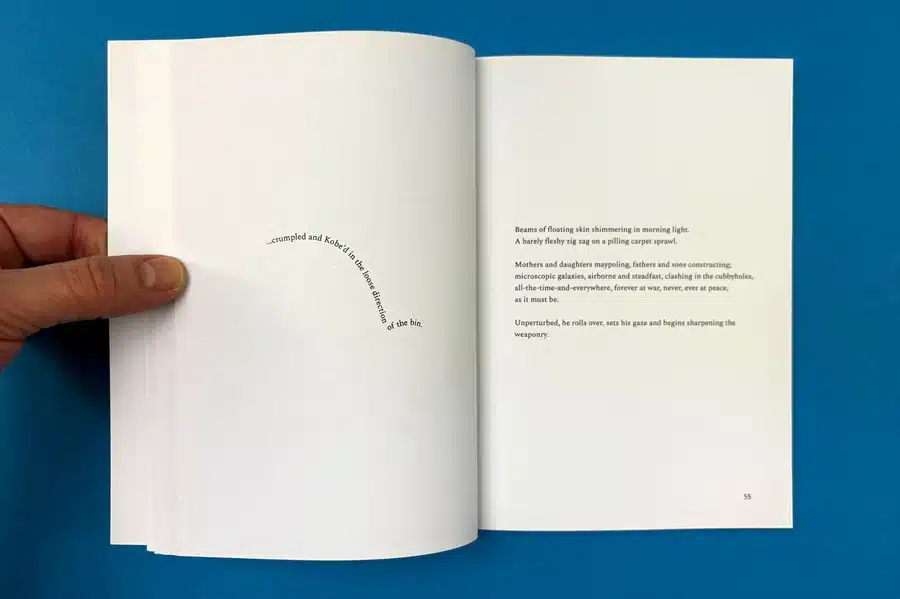
Ideas multiply like rabbits. Immerse yourself in zines to spark inspiration. Explore platforms for layout ideas. Life experiences, values, and beliefs can inspire you in this vast internet culture. From conversations to travel diaries, poetry is everywhere—you just need to find it in the mundane.
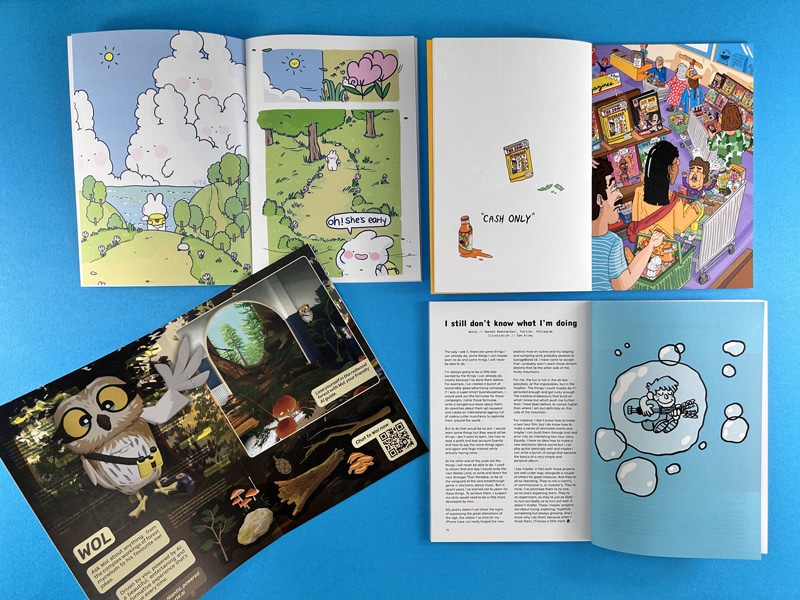
Now that you have a reservoir of ideas, it's time for the next exciting phase - designing your poetry zine. The design process involves two primary elements: visual layout and typography. Each element carries its weight and is crucial in how the final zine appears. After all, the cover of your zine is your first chance to lure the readers into the world of words enclosed within.
The layout of your zine sets the tone for your poetry, guiding the reader through your thoughts and feelings. Visual elements can enhance specific pieces and create a sensory experience. Colors and textures can echo moods, while images and patterns, including collages, add depth to each page, forming unique narratives. Use brainstorming techniques to gather visual content, bringing your mood board to life within your zines.
While the visuals catch your reader's eye, the choice of typography guides them through the pages. A careful selection of fonts not only defines the aesthetic of your zine but also enhances the readability. Choosing the right typeface strengthens the emotion of the words, lending weight to your voice. Variable fonts are great for adding dynamism across the pages of your zine, each waiting to be flipped over to reveal a new page full of surprises. However, remember that legibility should always be prioritised over decorative forms.
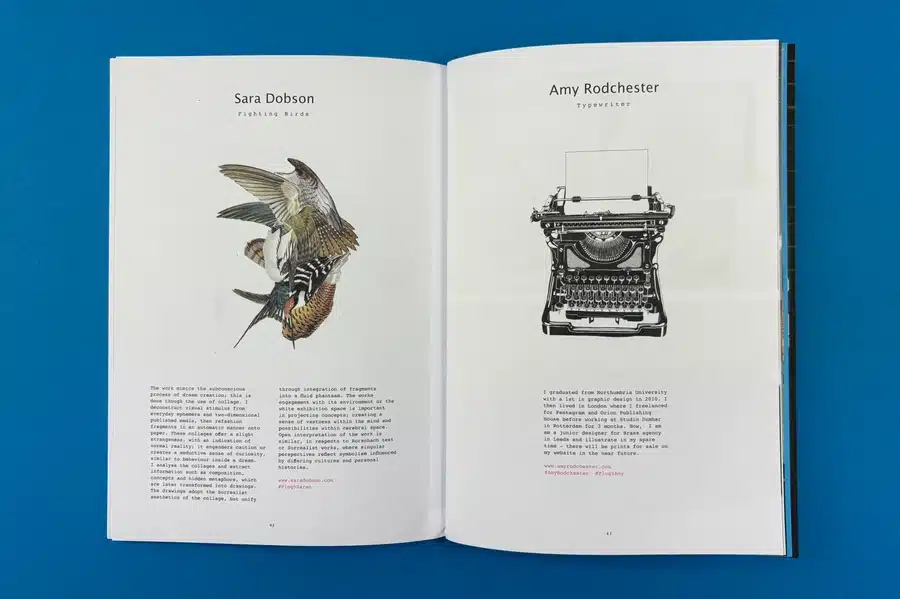
Once the layout and typography of your poetry zine are decided, it's time to select the special verses that you want to share with the world. The process involves picking up your best poems and determining their order in the zine to ensure a harmonious flow.
Selecting poems for your zine calls for intuition and thought. Pick poems that align with your zine's theme and illustrations. Include poems like haikus, sonnets, and free verse to showcase your literary style. Aim for a diverse yet cohesive collection where each poem amplifies your zine's voice. Let every page reflect your poetic essence!
Every zine is a journey guided by you, the arranger. Organising poems thematically adds depth, creating an immersive experience for readers. Arrange poems sequentially to tell a story or based on contrasts/similarities. Each poem should complement the next for a seamless flow of emotions and thoughts on your zine's pages.
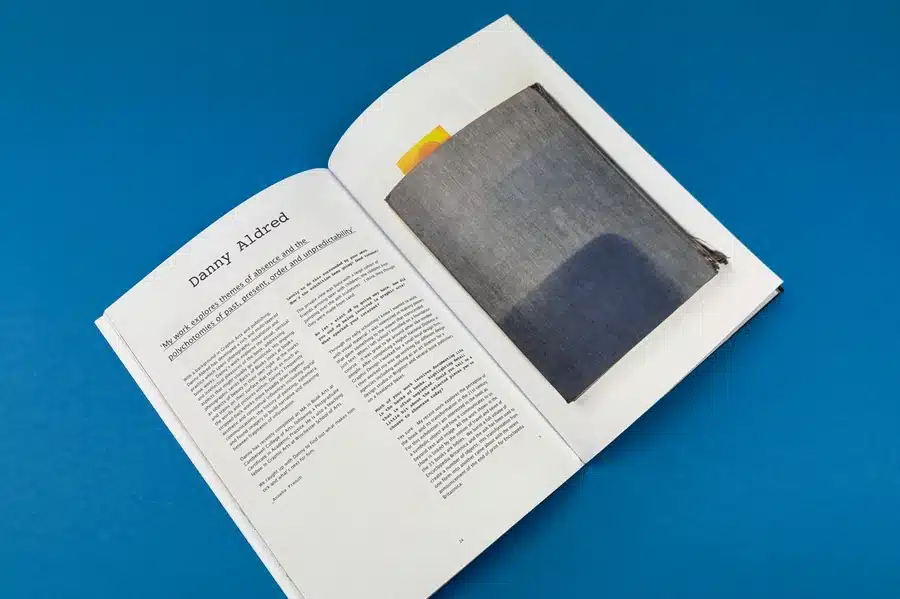
Now that the design and organisation are set, it's time to bring your zine to life. This phase involves decisions on printing, folding, and binding techniques, particularly regarding the content of your zine. It's crucial as it turns your selected words into a tangible piece of art - the poetry zine.
When printing your poetry zine, consider these options: Home Printer: Convenient but limited to A4 size. Costs can increase based on ink and paper type. Photocopier: Ideal for bulk quantities, cost-effective per copy, but requires manual assembly. Online Printers: Offers various sizes, paper types, and binding choices. More expensive for small quantities. Choose a printing option that suits your budget, output needs, and convenience.
After printing, binding your zine is an exciting task that affects its feel and appearance. Contrary to common belief, binding shouldn't be complex or professional-looking. The most common and affordable method is saddle stitching or stapling along the crease of the fold. For a fancier option, consider Japanese or Coptic stitching, which may require extra tools and skills. A regular 'half-fold' style is the simplest and most popular choice for folding.
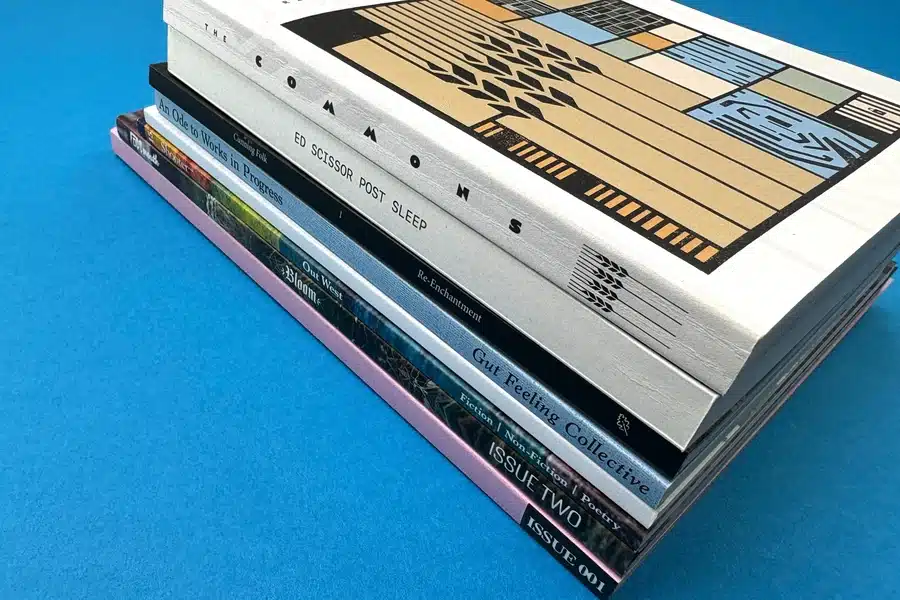
Social media platforms are essential for promoting creative work. Key platforms for promoting your poetry zine include Instagram, where you can showcase your zine visually; Facebook for discussions, live readings, and workshops; and Twitter for engaging with literary conversations and sharing excerpts. Use relevant hashtags to boost visibility and engage with your audience to cultivate avid readers.
Offline promotion is crucial for promoting your poetry zine. Partnering with local bookstores and participating in literature events can help you reach a wider audience interested in literature. Engage with like-minded individuals, receive feedback, and be part of a supportive literary community.
Ready to make your poetry zine stand out? Partner with Ex Why Zed today and bring your creative vision to life!
If you are seriously dedicated to proliferating your zines, self-publishing platforms are a brilliant avenue. With multiple print-on-demand services available now, self-publishing your zine can help you reach a global audience without investing exorbitantly upfront. From selecting the paper quality and typeface to deciding the selling price, you have complete control over how your zine is presented and sold.
Ex Why Zed empowers poets and creators through beautifully printed indie poetry zines. We offer expert guidance from design to print, ensuring each project reflects the creator's vision. With diverse printing options and collaborations with platforms like Popshot, we cater to new and established artists. Explore our services and kickstart your self-publishing journey today. Contact us at hello@exwhyzed.com or call +44 1206 766647 for inquiries or to order your paper sample pack.
Creating a poetry zine is not just about compiling poems; it is a creative endeavour that allows you to express your deepest emotions and thoughts. Crafting a poetry zine involves much more than just writing - from conceptualising themes to designing layouts, each step offers a unique learning experience and a sense of fulfilment. By embarking on this journey, you can establish a profound connection with your readers as you share your inner poet. Embrace your creativity, let your imagination run wild, and begin the exciting process of creating your very first poetry zine today!
If the Forest Could Speak, It Would Look Like This
Charlotte Bellamy’s If The Woods Whispered is a poetic-photographic symphony, where design, print, and emotion converge. With 150gsm uncoated pages echoing the natural world and a silk-laminated cover that softens the visuals, this 180-page piece showcases how material choices can deepen narrative tone. The collaboration nailed every detail—right down to spine width. Designers take note: let content breathe, proof meticulously, and always match your materials to the mood. This project is a blueprint in turning artful intent into a tactile, emotionally resonant book. Read the full story.
A Love Letter to the Unfinished
An Ode to Works in Progress celebrates imperfection with clarity and care. Gut Feeling Collective’s debut poetry book combines a monochrome aesthetic with silk-stock tactility and a bold, minimalist cover. Every element—from justified inner text to a precisely aligned spine—serves the evolving narrative. When last-minute tweaks came in, Ex Why Zed adapted with ease, ensuring the book stayed true to its message. For self-publishers: simplicity isn’t basic—it’s bold. Spine cohesion, tactile finish, and design restraint are your allies. Discover the full case study.
Small Format, Big Impact
Buoy Press’s Poetry Will Have To Do proves that compact design can carry emotional weight. At just 180x100mm, this collection feels intimate—like a secret passed between hands. Printed entirely in black on 100gsm Evolution Uncoated, with a tactile 300gsm cover, the book pairs eco-conscious material with thoughtful layout. Perfect binding enhances durability, while carefully chosen typography lets the words breathe. The seamless reprint process highlights how strong client-printer rapport leads to flawless execution. For indie poets: size can be a statement, and uncoated stocks deliver unmatched warmth. Explore the full Buoy Press journey.
How to Self-Publish a Poetry Book—The Smart Way
This guide distills everything a modern poet needs to self-publish with impact—from shaping your manuscript to designing a standout cover and choosing the right format. It dives deep into practicalities like editing costs, ISBNs, and print options (POD vs. offset), while delivering pro-level insights: use uncoated paper for warmth, don’t cram poems onto pages, and treat your layout like a stage for each piece. Ideal for first-timers and seasoned poets alike, it’s a blueprint for building a book that looks and feels as powerful as your words.
Your No-Fuss Guide to Poetry in Print
Forget the gatekeepers—this hands-on guide empowers you to turn raw poems into a bound poetry zine that’s bursting with personality. From idea-storming and mood boards to layout finesse and bold binding choices, it shows how to shape your style into something tangible. Top takeaways? Keep typography readable but expressive, give poems room to breathe, and match your binding to your vibe. Whether you're printing a one-off zine for a poetry night or scaling up with POD, this is creative freedom at its finest.
Creating a digital poetry zine follows the same process as creating a paper zine, except the output is digital. You design, arrange, and edit your zine using software like Microsoft Word or Adobe InDesign, and then you share the finished digital file online.
Absolutely! Many poets sell their zines either online or at local events and bookstores. Remember to factor in printing and delivery costs when deciding on a selling price.
Inspiration can be found everywhere—books, music, nature, conversations, personal experiences and emotions. You can also explore existing zines on social media platforms like Instagram or online communities.

Zines have always been a platform for self-expression, a space where creators can let their imagination run wild. Whether it's a literary magazine like Shooter, a typographic marvel like No Cold Callers, or a poetry zine, each one is a unique piece of art. In this post, we'll take a closer look at these three distinct types of zines, each showcasing a different facet of creativity and individuality.
Shooter literary magazine is a testament to the diversity of topics that can be explored in zines. Each issue is centred around a different theme, providing a platform for a multitude of voices to be heard. For instance, the 'Cities' issue features neatly arranged text following a grid format, showcasing the poetry and creative writing of various writers. The text is intertwined with full-colour pages, acting as a backdrop to the creative writing.
The Shooter zines are perfect bound, with a neat spine that comfortably accommodates the title and the name of the magazine. This binding style not only gives the zine a professional look but also ensures durability.
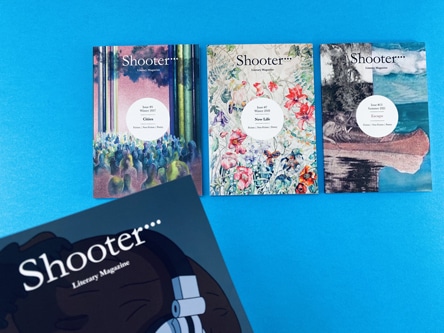
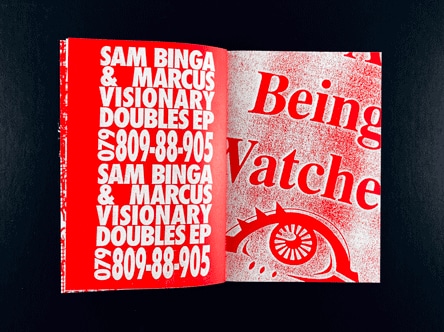
No Cold Callers is a zine that truly embodies the phrase "no rules for zines". It's a typographic feast, with layers upon layers of type stacked over each other. The inside pages are printed on 190gsm paper, showcasing what can be achieved with type.
The zine's design is reminiscent of the iconic work of David Carson and Ray Gun, with its engaging one-colour print and consistent colours per page. The mix of images, photography, and a 70s style typeface creates a visually captivating experience. This compact, A6 wire stitch zine is a testament to the limitless possibilities of zine design.
Poetry zines offer a canvas for expressive words, a space where poets can share their thoughts and emotions. One such zine is an A5 perfect bound zine with 40 inside pages printed onto 90gsm uncoated paper. The cover is a 300gsm silk card with matt lamination on the outside, providing a professional appearance and added durability.
This zine, along with others like it, showcases the unique ways of creating a typographic zine. Each page is designed to attract the reader and grab their attention, with careful consideration given to the size of the font to ensure legibility.
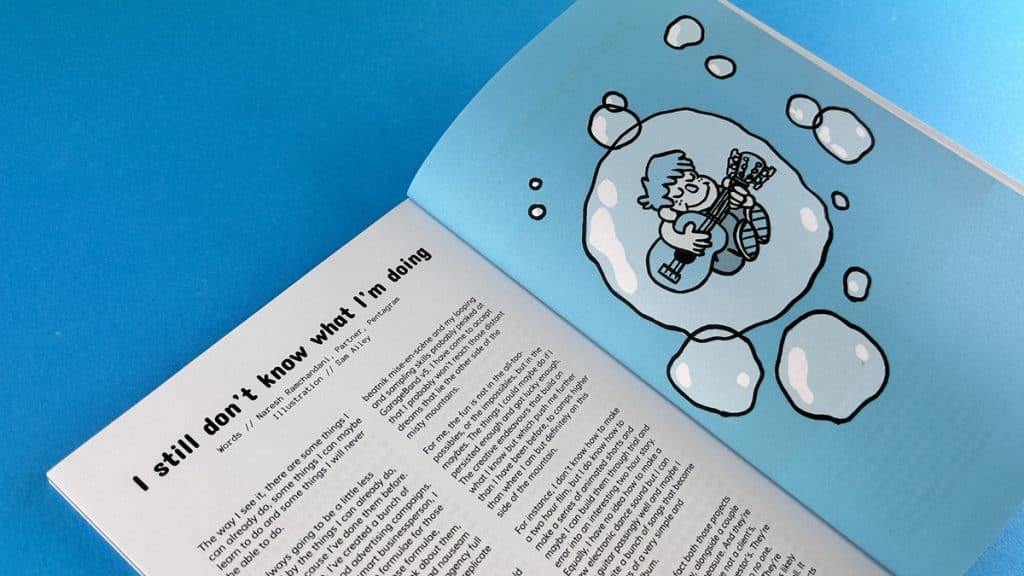
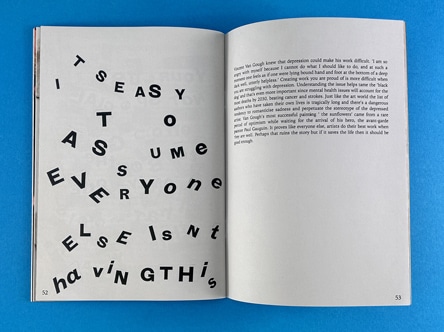
When it comes to styling your typographic zine, there are a few key considerations to keep in mind. The type on each page should be designed to attract the reader and grab their attention. The size of the font plays a crucial role in making your content legible. Check out our Definitive Zine Printing Guide for styling and aesthetic ideas.
For instance, you might want to consider using a larger font size for headers to make them stand out. For body text, a smaller font size would be more appropriate. Splash text, which is used to highlight important information or quotes, can be set in a larger font size and a different typeface to draw attention.
At Ex Why Zed, we are passionate about supporting the vibrant community of independent publishers through our dedicated Indie Press printing services. We've had the privilege of collaborating with innovative creators to bring their unique visions to life. Projects like the evocative works of Buoy Press showcase the power of thoughtful design and quality printing. The insightful Mayday Rooms Pamphlet Series highlights how self-publishing can amplify important voices and ideas. We also crafted the visually stunning Art Journey of Sean Newman, featuring a luxurious linen cover that embodies the essence of his artistic exploration. Additionally, the compelling hardback photography book Bait Gritain demonstrates our commitment to producing high-quality prints that capture the photographer's vision. Each of these projects reflects the creativity and dedication that define the indie press community, and we're honoured to help bring these stories to a wider audience.
By choosing Ex Why Zed for your indie publishing needs, you join a network of passionate creators who value quality, innovation, and personal expression. Our bespoke printing solutions are tailored to meet the unique requirements of each project, ensuring that your work not only stands out but also resonates with readers. Let us help you transform your ideas into beautifully printed realities, just like we did for these remarkable publications.
For more information on zine creation and printing, check out these resources:
Creative writing is a broad field that encompasses various forms, each with its unique characteristics and purposes. The four primary forms of creative writing are:
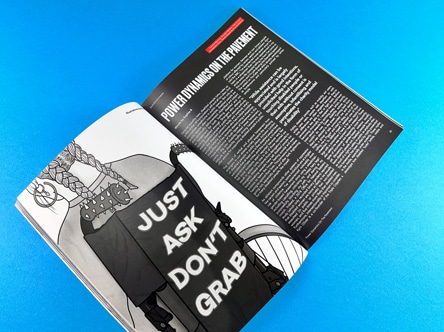
Creative writing is a vast field with numerous types and sub-genres. Here are nine types of creative writing that you might explore:
The five basic forms of creative writing are:
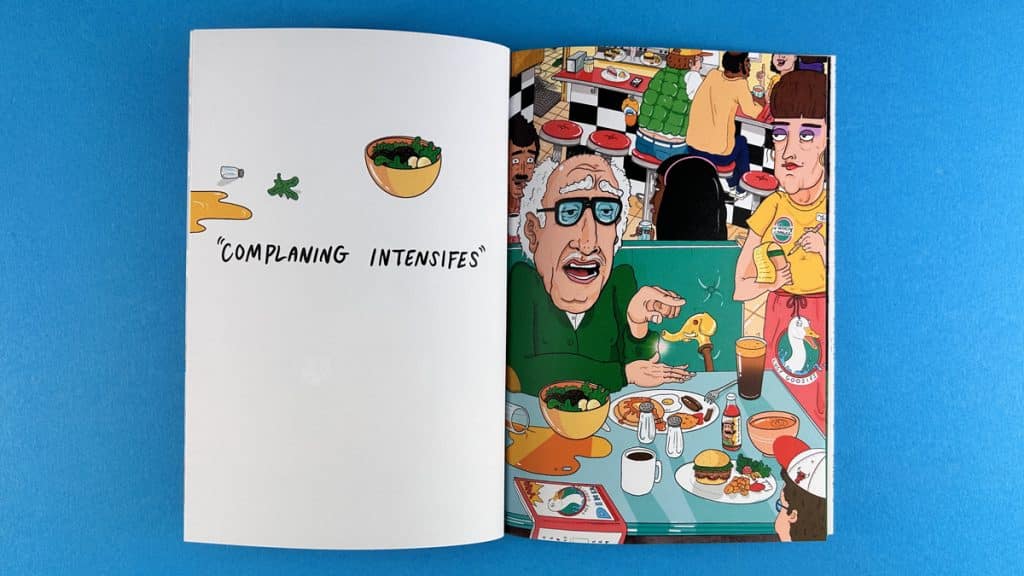
The three key elements of creative writing are:
The seven key elements of creative writing are:
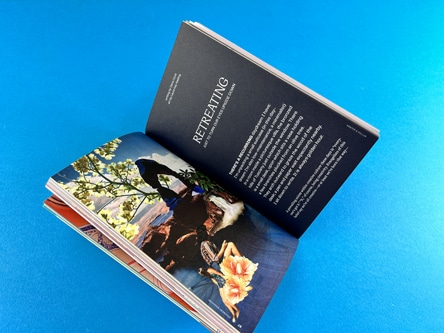
The six traits of creative writing are:
While creative writing is an art form that encourages freedom of expression, there are some general guidelines that can help you improve your craft:

The seven styles of writing are:
